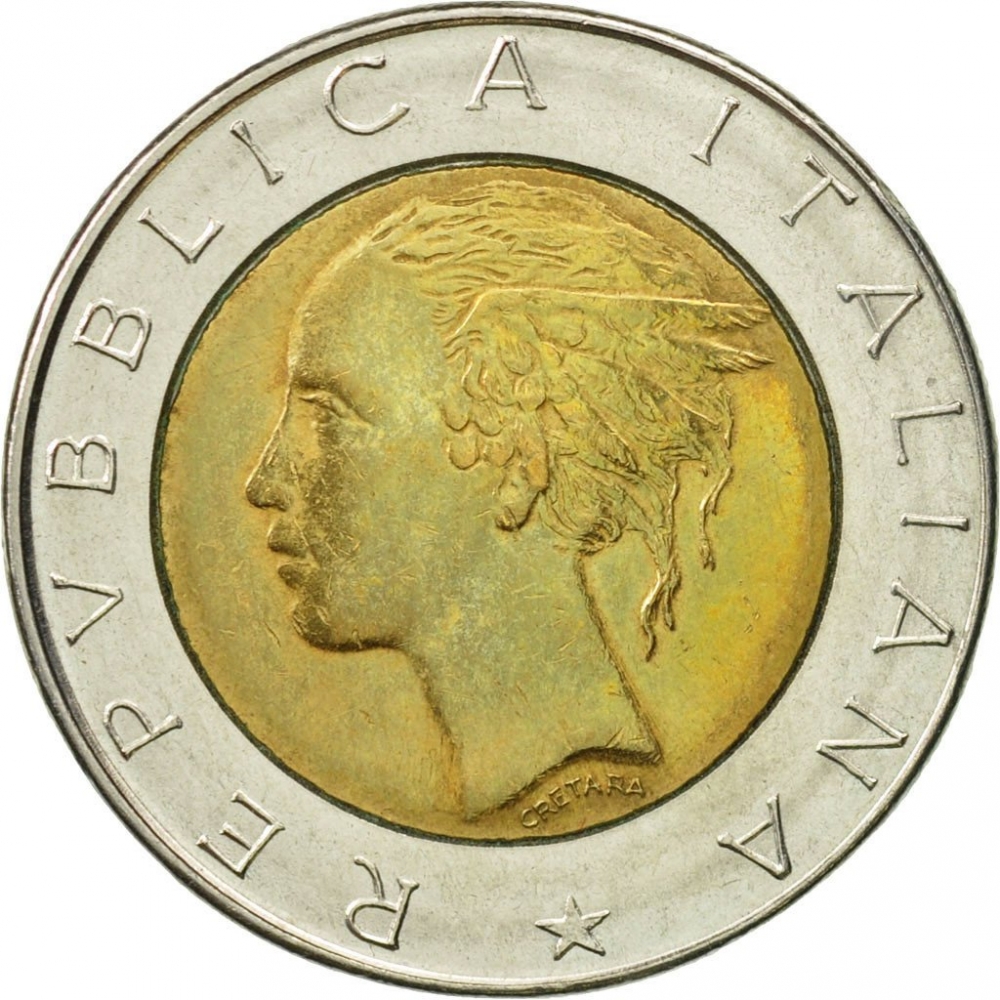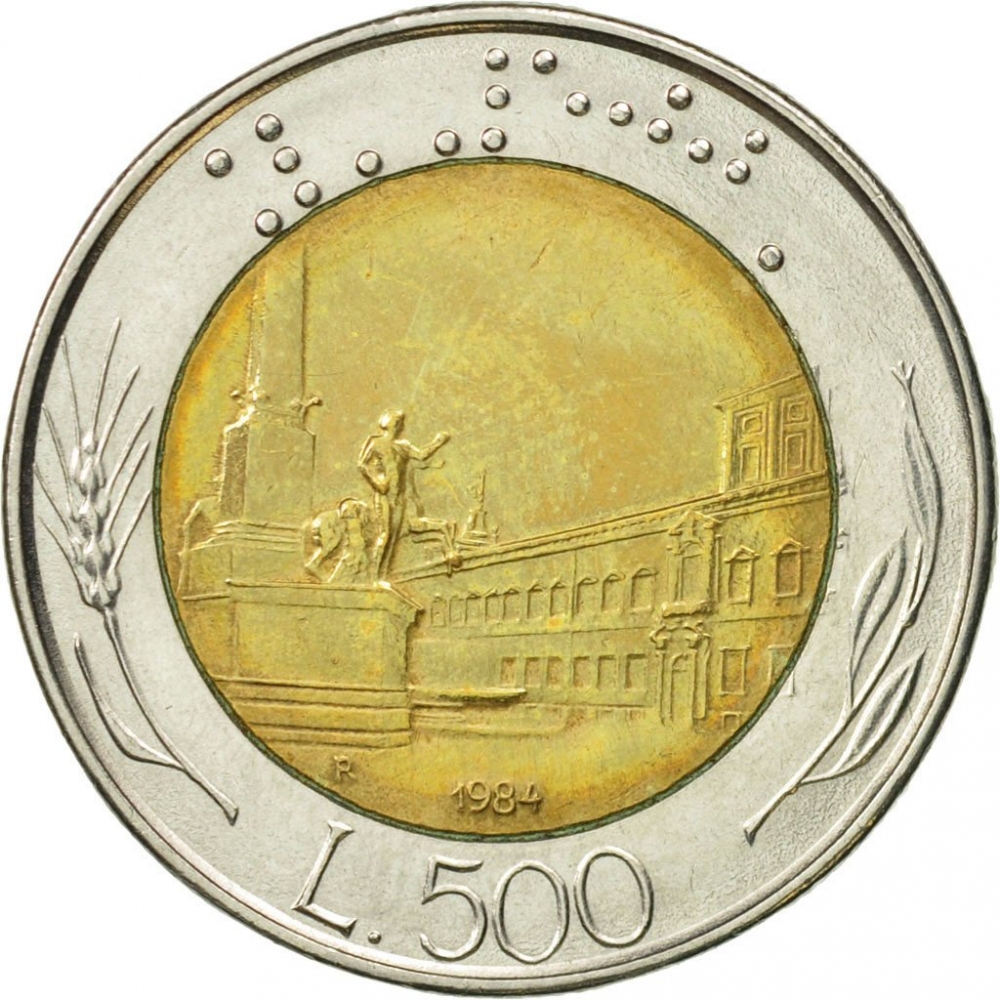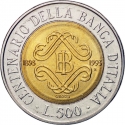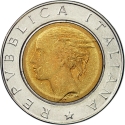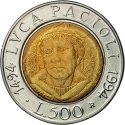You are about to finish your registration. Please check your mailbox (including spam folder). There should be a letter with a confirmation link. Check setting to make sure that your e-mail address is correct.
Send letter againDescription
Bi-metallic coins are coins consisting of two (bi-) metals or alloys, generally arranged with an outer ring around a contrasting center. Bi-metallic coins have been issued for a long time, with examples known dating from the 17th century, while the Roman Empire issued special occasion, large medallions with a center of bronze or copper and an outer ring of orichalcum, starting with the reign of Hadrian.
In recent times, the first circulating bi-metallic coin was the Italian 500 lire, first issued in 1982.
The manufacturing process is similar to that of ordinary coins, except that two blanks (the inner and the outer) are struck at the same time, deforming the separate blanks sufficiently to hold them together.
Engraver: Laura Cretara
Obverse

|
Depicts allegorical portrait of Italian Republic with wings springing out of the head as a symbol of freedom and intelligence. REPVBBLICA ITALIANA ★ |
|---|---|
Reverse

|
Depicts Quirinal Palace in Rome, obelisk and statue, value ("L.500") in Braille at top of outer ring and as text at bottom, plants either side. Date at bottom of center. ⠨⠇⠄⠼⠑⠚⠚⠄ |
| Edge |
Characteristics
| Material | Bi-Metallic |
| Ring | Acmonital |
| Center | Bronzital |
| Weight | 6.8 g |
| Diameter | 25.8 mm |
| Thickness | 1.8 mm |
| Shape |
|
| Alignment | Coin |
| Mint |
Italian State Mint and Polygraphic Institute (IPZS)
|
